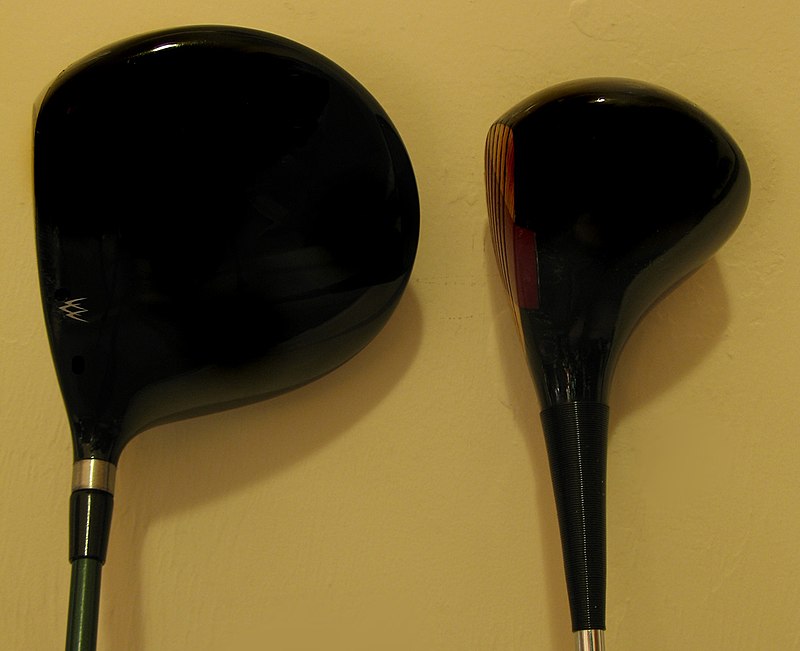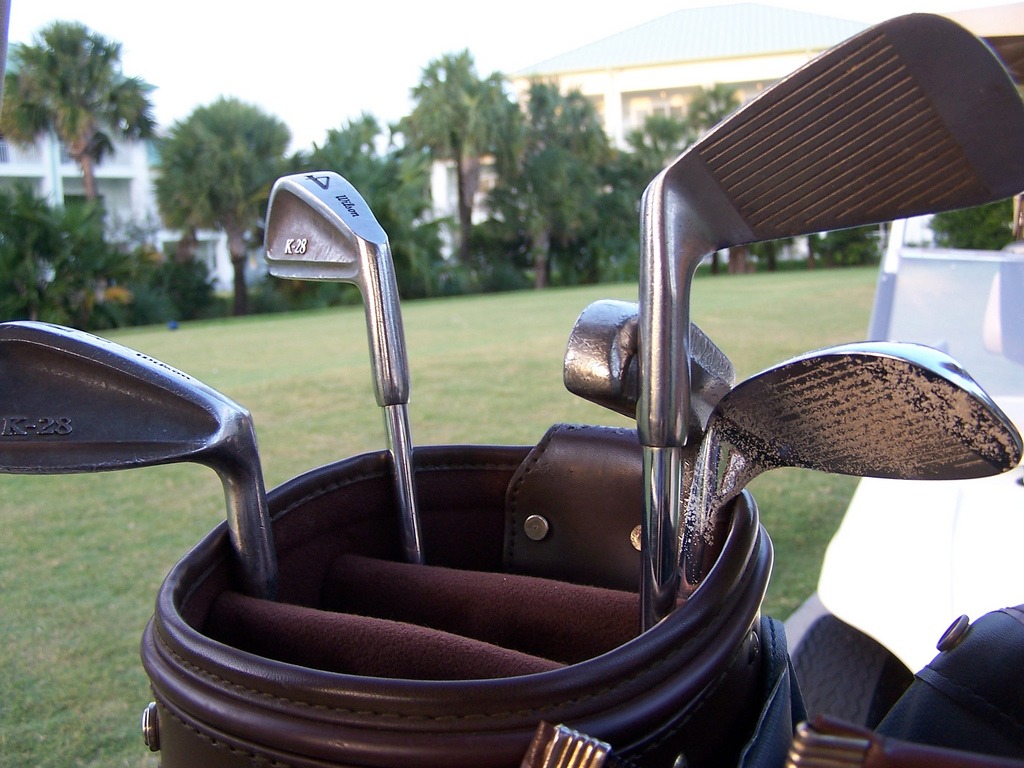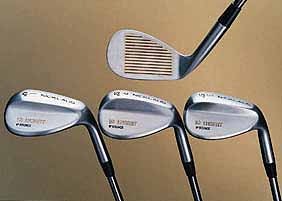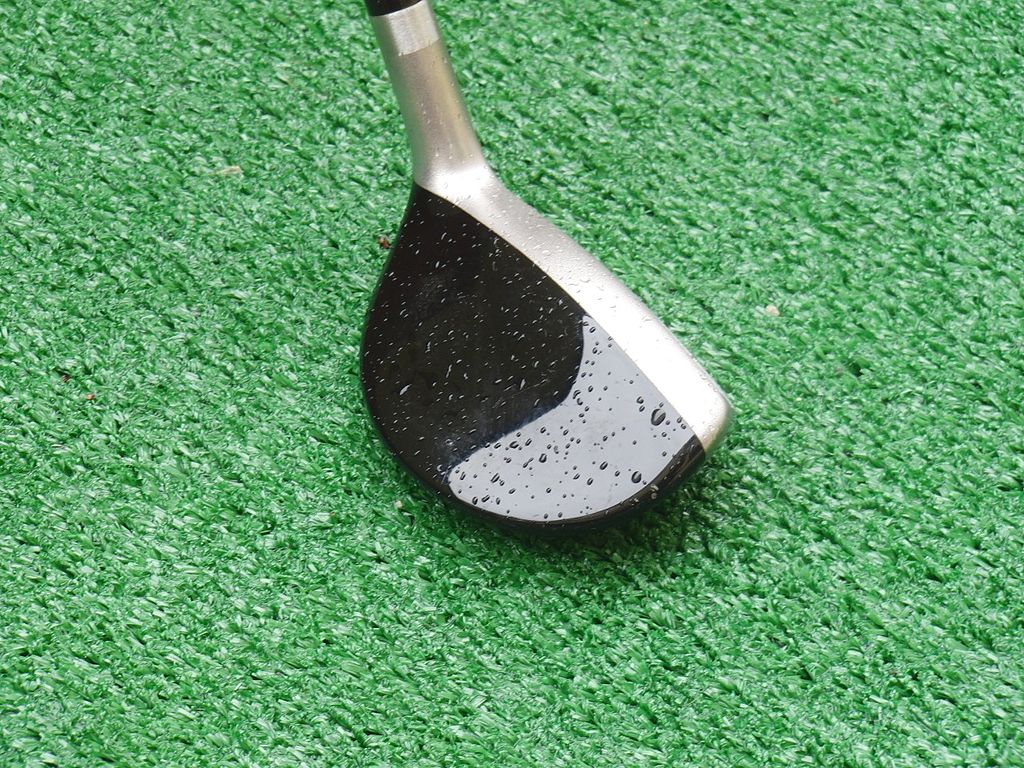Gold is one of the oldest sports in history. The game requires hitting a golf ball using a golf club. However, it was like that always. Back in the day, different types of sticks and techniques were used to hit the ball. With that being said, the rules and regulations differed too. As the game progressed, the golf clubs advanced as well until the current types or shapes we see today. So let’s revisit history and try to discover where it all started. Meanwhile, if you want to find out the best south africa online casino, click the link.
Early 1500s
People had been using sticks to hit balls way before the golf club was officially introduced. It was not until the 1400s in Scotland when the activity was referred to as ‘golf’. This was where the evolution of both golf and golf clubs began.
At the time, gold clubs were usually made from wood available to any craftsmen. Furthermore, there were no standards to follow, and playing rules were haphazard. Most importantly, the clubs were also hand-picked or made by the players themselves.
Around early 1500, the set makeup began to be established. King James the IV ordered a set to be made especially for him while William Mayne was officially appointed as the Royal Club Maker. A set of clubs at the time consisted of longnoses for driving, fairway clubs or medium range shots, niblicks, spoons for short-range shots, and a putting cleek.
This was also the time when football was evolving and manufacturers were scrambling to introduce their finest versions. However, similar to golf clubs, it would take time to settle in.
After 1618, the “Featherie” golf club was introduced that remained popular for around 200 years. The Featherie club was made from three pieces of leather filled with “one Top Hat’s worth of fine feathers” and then sewn together.
However, these clubs would easily become damaged while playing and the players preferred using clubs made from wood even though iron was more popular and allowed forging. The wooden clubs were mostly made from European woods like hazel or ash. In addition to that, the heads of the wooden clubs were both thin and long for which they were called “long-nose woods”.
Into the 1800s
Around the late 1800s, iron clubs were usually made by blacksmiths. As a result, these clubs were heavy and relatively difficult to use. Not only that but the featheries would be easily damaged as well, which limited their usage. Meanwhile, during the late 1800s, the advent of drop forging resulted in the mass production of golf clubs. At the time, the wooden clubs were still made by local craftsmen until the factories took over due to rising demand.
The Great Clubmakers
Scotland became a heaven for great ball and club-making. This was where the most professional golf makers existed. Early clubmakers including Willie Park and Tom Morris began producing golf clubs and started delivering them all over the world.
During those days, the art of ball and club making was very lucrative. Only the wealthy Americans and Europeans could afford the golf clubs. Therefore, in the early 1800s, Scotland was as fine in making golf clubs as Switzerland in making watches today.
Early Shafts
As mentioned previously, shafts were made from whatever wood was available with the local craftsmen. However, when golf was introduced in America in the early 1800s, hickory wood became the most popular type of wood. The reason being that Hickory was easily available at the time while being more durable than other options.
Then, in 1925 steel shafts were introduced. Hickory had become popular to the point where it was exported to Scotland and used by the biggest gold makers of the day. However, the golf clubs made from hickory required a slow and smooth swing to correctly time hitting the ball. But the breakage problem could not be solved.
Entering the New Century
The period from 1900 to 1930 was marked with immense progress interms of the ball and club design. Gene Sarazon invented the earliest sand wedge and the design is still used to this day. Due to its strength and hardness, the American Persimmon was the most commonly used wood.
Perhaps the most significant advancement was the move from smooth-faced irons to grooves that we see and use today. At the same time, the club makers realized that more backspin could be achieved with a grooved club. This increased backspin led to more control and distance.
Then, in 1898 the “Haskell” ball was invented, which became widely used in the early 1900s. The Haskell ball featured a solid core wound with rubber string in gutta-percha. As a result, the player was able to achieve an additional 20 yards.
For the next 90 years, its basic 3-piece design would become the standard. In the meantime, many variations were tried but not until 1972 when the first 2-piece ball was introduced.
Introduction of Steel Shafts
The introduction of steel shafts was done in the late 1890s by Thomas Horsburgh but the idea was slowly adopted. The shafts were only legalized by the R&A when the Prince of Wales used them on the Old Course in 1929. Furthermore, in 1931, Billy Burke was the first one to win the US Open using steel-shafted clubs.
The primary reason behind the popularity of steel shafts was durability and accuracy. However, these shafts required a swing technique that was totally different. The handsy, slow, and languid swing of the 19th century was replaced by body swing, which was more controlled and precise.
On to the Present
Into the 1930s, one could see many players using golf clubs made from different materials. Moreso, the techniques differed too. There was a time when players would use 20-30 clubs at a time. However, the R&A limited the use of golf clubs for each player. Now, a player could only use 14 clubs in effect from 1939.
After World War II, the progress and advancement in the field of golf caught speed and in 1963, the casting method was introduced. The clubs became more affordable but the professionals still preferred using hand-forged. The early 1970s saw the introduction of the first graphite shaft. However, these shafts were vulnerable to twisting or torque.
Final Word
Although other golf components experienced advancement and progress but the ones made to shafts were the most impressive. Graphite shafts were a bit vulnerable considering the intensity of the game but manufacturers are working on introducing new shafts in the future since the technology is evolving. So let’s see what the future holds for the increasingly popular game.




